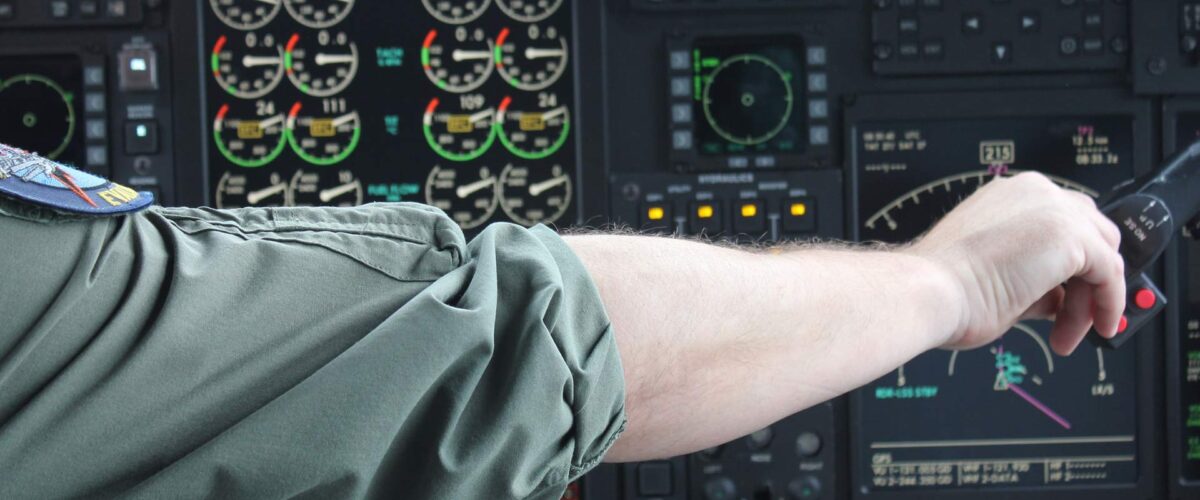What are Aircraft Flights Controls?
Aircraft flight controls, put simply, are used by the pilot to control the direction and attitude of an aircraft in flight.
Flight control systems are classed as either Primary or Secondary flight controls.
Primary flight controls are used to control aircraft during flight – they consist of ailerons, elevators and rudder.
Secondary flight controls improve the aircraft performance characteristics (such as manoeuvrability, reducing control loads, eliminating turbulence, etc) and consist of a series of typically hydraulically activated high lift devices such various flaps and spoilers.
Early flight controls were mechanical and used cables and pulleys to connect the pilot to the control surfaces. Most modern aircraft today use Fly-by-wire controls, that connect sensors and computers to translate pilot inputs into commands that move actuators. Fly-by-wire systems are incredibly light-weight and offer a much higher degree of control and monitoring over the traditional mechanical methods employed in the early days of piloting aircraft.
The first fly-by-wire aircraft technology was introduce 50 years ago
BAE Systems introduced fly-by-wire technology to military aircraft nearly five decades ago with both the F-16 and F-18, since then their systems have accumulated more than 150 billion flight hours.
Fly-by-wire technology will need to evolve to meet the unique challenges brought by the advent of all-electric and hybrid aircraft. Super-efficient, with potentially limited range, these aircraft will require smarter and more integrated controls. Although all-electric flight is currently decades away, it is good hear that BAE Systems are working to develop systems for this exciting new industry.
Looking for avionics systems? Buy Aircraft parts here.
Photo by Byron Sterk on Unsplash

